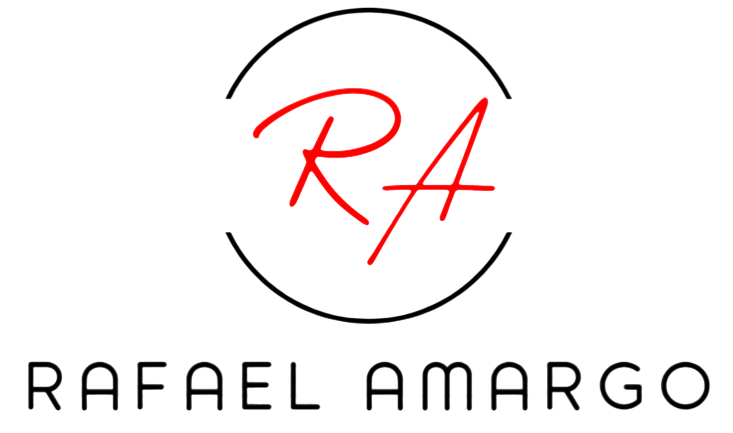
Cord blood banking has arisen as a weighty clinical progression with the potential to save lives. This cycle includes gathering and putting away the blood from an infant’s umbilical cord, which is wealthy in undifferentiated organisms. These undeveloped cells cord banking have the special capacity to treat various serious ailments.
What Is Cord Blood Banking?
Cord blood banking alludes to the assortment, handling, and capacity of the blood left in the umbilical cord and placenta after birth. This blood contains hematopoietic undifferentiated organisms, which are equipped for forming into various sorts of blood cells. These undifferentiated organisms are utilized in different clinical therapies, including foundational microorganism transfers, which can be lifesaving for patients with specific malignant growths, hereditary issues, and blood illnesses.
The health advantages of cord blood undifferentiated cells
- Treatment of Blood Problems: One of the essential purposes of cord blood undifferentiated cells is in the treatment of blood problems. Conditions like leukemia, lymphoma, and other diseases, as well as hereditary problems like thalassemia and sickle cell pallor, can be treated through foundational microorganism transfers.
- Potential for Future Therapies: Past ebb and flow medicines, progressing research is investigating the potential of cord blood undifferentiated cells in treating a more extensive scope of conditions. These incorporate neurological issues, like cerebral paralysis and immune system sicknesses.

The Course of Cord Blood Banking
- Assortment: Cord blood is gathered following birth, when the umbilical cord has been clipped and cut. The cycle is painless and represents no gamble to the mother or child. A particular unit is utilized to draw the blood, which is then shipped off a cord blood bank for handling.
- Handling: When gotten by the bank, the cord blood is handled to confine and focus the foundational microorganisms. This includes isolating the immature microorganisms from other parts of the blood, like red blood cells and plasma. The handled foundational microorganisms are then put away in cryogenic circumstances to protect their suitability.
- Capacity: Cord blood is put away in cryopreservation tanks at very low temperatures, ordinarily around -196°C (-320°F). This guarantees that the immature microorganisms stay practical for some time later. The capacity cycle is painstakingly checked to keep up with ideal circumstances and defend the nature of the put-away blood.
Contemplations for Parents
- Cord blood banking includes both introductory assortment and handling expenses, as well as yearly stockpiling charges. Parents should assess their spending plan and consider the drawn-out benefits while pursuing their choice.
- Parents have the choice to store cord banking in a public or confidential bank. Public banks store cord blood for use by anybody out of luck, often at no expense, while private banks store the blood only for the family’s utilization. Every choice has its own arrangement of advantages and contemplations.
- While the probability of requiring put away cord blood is somewhat low, the potential advantages are critical. Parents should gauge the chance of future clinical use against the expense and responsibility of cord blood banking.
Cord blood banking addresses a huge progression in clinical science with the potential to treat many difficult circumstances. Grasping the interaction, advantages, and contemplations related to cord blood banking can assist parents with coming to informed conclusions about whether to seek after this choice. As exploration keeps on extending the potential utilizations of cord blood undifferentiated organisms, this proactive step could assume a critical role in defending the wellbeing and fate of your loved ones.








